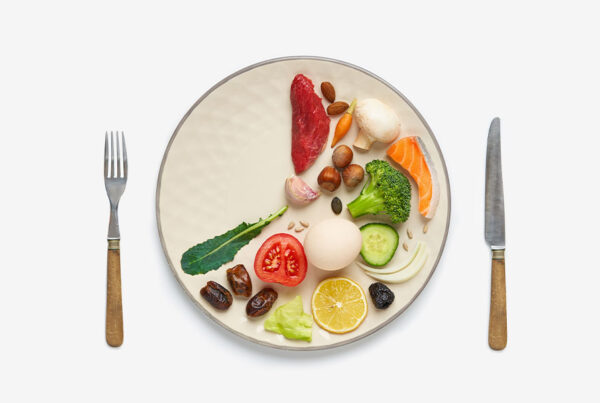Cruciferous Vegetables and Cancer
Cruciferous veggies are a member of the family of vegetables that includes broccoli, brussels sprouts, cabbage, cauliflower, collard greens, kale, and turnips. They are also called Brassica vegetables.
List of cruciferous veggies are:
- Broccoli
- Cauliflower
- Cabbage
- Kale
- Bok choy
- Arugula
- Brussels sprouts
- Collards
- Watercress
- Radish
- Turnip
- Kohlrabi
- Garden cress
- Wasabi
Cruciferous vegetables are rich in nutrients, including several carotenoids (beta-carotene, lutein, zeaxanthin); vitamins C, E, and K; folate and minerals. They also are a good source of fiber.
The main focus of this article is to discuss it’s cancer fighting properties. The cancer-fighting properties are attributed to compounds called glucosinolates, which are found in all cruciferous vegetables. Upon ingestion, glucosinolates break down to isothiocyanates and indoles, which are associated with decreased inflammation, lowering the risk of cancer. Traditional population-based studies have found strong links between greater consumption of cruciferous vegetables and lowered risk of lung, colorectal, stomach, breast, prostate and other cancers. In addition, glucosinolates may stimulate enzymes that deactivate carcinogens and decrease cancer cells’ ability to spread. For hormone-linked cancers, some research has shown that glucosinolates may shift active estrogen to a weaker form and may have added benefits with some chemotherapy drugs.
What makes this particular category of foods so special is the presence of an enzyme known as myrosinase which has the unique ability to transform the glucosinolates present in all cruciferous vegetables into the powerful disease-fighting compound, sulforaphane. When any cruciferous vegetables are chopped, crushed, shredded, or chewed, it releases both myrosinase, as well as glucosinolate compounds, that then combine to make sulforaphane. This chemical reaction is exactly what produces the mild burning sensation that we associate with some foods of the mustard family.
Steaming vegetables for one to three minutes may be the best way to optimize sulforaphane levels when cooking. High temperature results in a loss of glucosinolates like glucoraphanin. For this reason, it’s best to avoid boiling or microwaving cruciferous vegetables. Instead, eat them raw or lightly steamed to maximize their sulforaphane content.
Or another hack is to use mustard. Grind and sprinkle onto other foods in order to kickstart the sulforaphane formation process. Therefore healthy cooking techniques like steaming, sautéing rather than deep frying, adding a lot of sugar and coating vegetables in cream or cheese sauces.
Go, enjoy the health benefits of cruciferous vegetables today.
Reference:
https://www.ncbi.nlm.nih.gov/pmc/articles/PMC2737735/
Tags: Cruciferous, broccoli, Brussels sprouts, cabbage, cauliflower, collard greens, kale, and turnip, Brassica vegetable, several carotenoids (beta-carotene, lutein, zeaxanthin); vitamins C, E, and K, folate, minerals, cancer fighting properties, glucosinolates, isothiocyanates and indoles, decreased inflammation, lowering the risk of cancer, hormone-linked cancers, myrosinase, Steaming vegetables, sulforaphane, glucoraphanin, maximize the sulforaphane content, mustard, cancer









